Mastering Mountain Photography: A Journey through Iraqi Kurdistan with Practical Tips
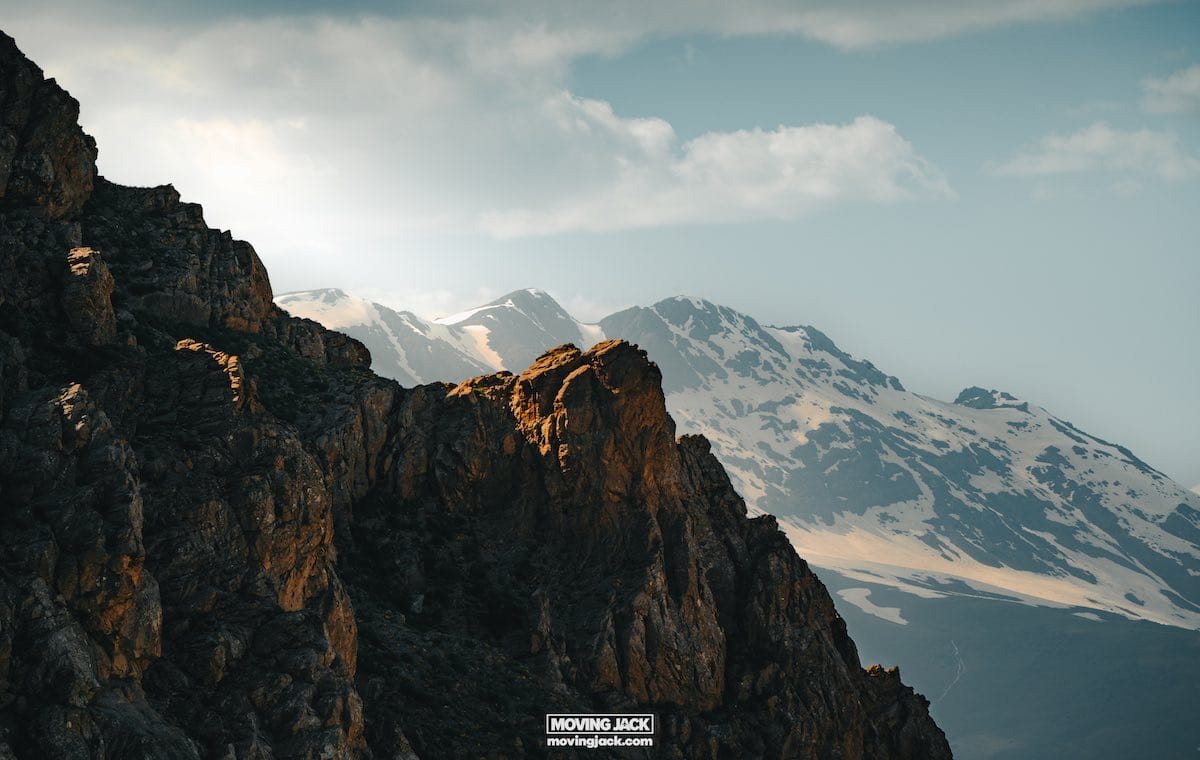
Ahh, the mountains! They're one of the best landscapes for beautiful pictures, if you know how to shoot them!
I'm Chris Oberman, a travel blogger and photographer, living in a different country every two years. Recently, I've lived in the northern part of Iraq, a.k.a. Iraqi Kurdistan. It's a place where I've found surprisingly beautiful mountain landscapes. The mountains in Iraqi Kurdistan are a part of the world that only a few tourists have seen, which makes it all the more special.
Join me on a trip through the Iraqi mountains, and let's get those photography skills to the top! ;)
Things You Should Know Before Visiting Iraqi Kurdistan
Although I have lived in Iraq for two years and never experienced any dangers, it is still advised to visit the area with caution. Many countries label the area as orange or red, which means there are dangers; drone attacks from surrounding countries occur close to the border, and off the path, there are still old landmines from Saddam's times.
Never go into the mountains alone; always go with a local or someone who knows the area.
For the latest travel advice and map of red/orange regions, check https://www.gov.uk/foreign-travel-advice/iraq.
Is This the Middle East?
When you think of Iraq, you probably picture dry and sandy landscapes, at least I did! I couldn't be more wrong. The landscapes in the northern part of Iraq are full of rivers, waterfalls, snow-peaked mountains, canyons, and gorges with the occasional wildlife. The mountains in Iraqi Kurdistan are such an undiscovered and unknown area.
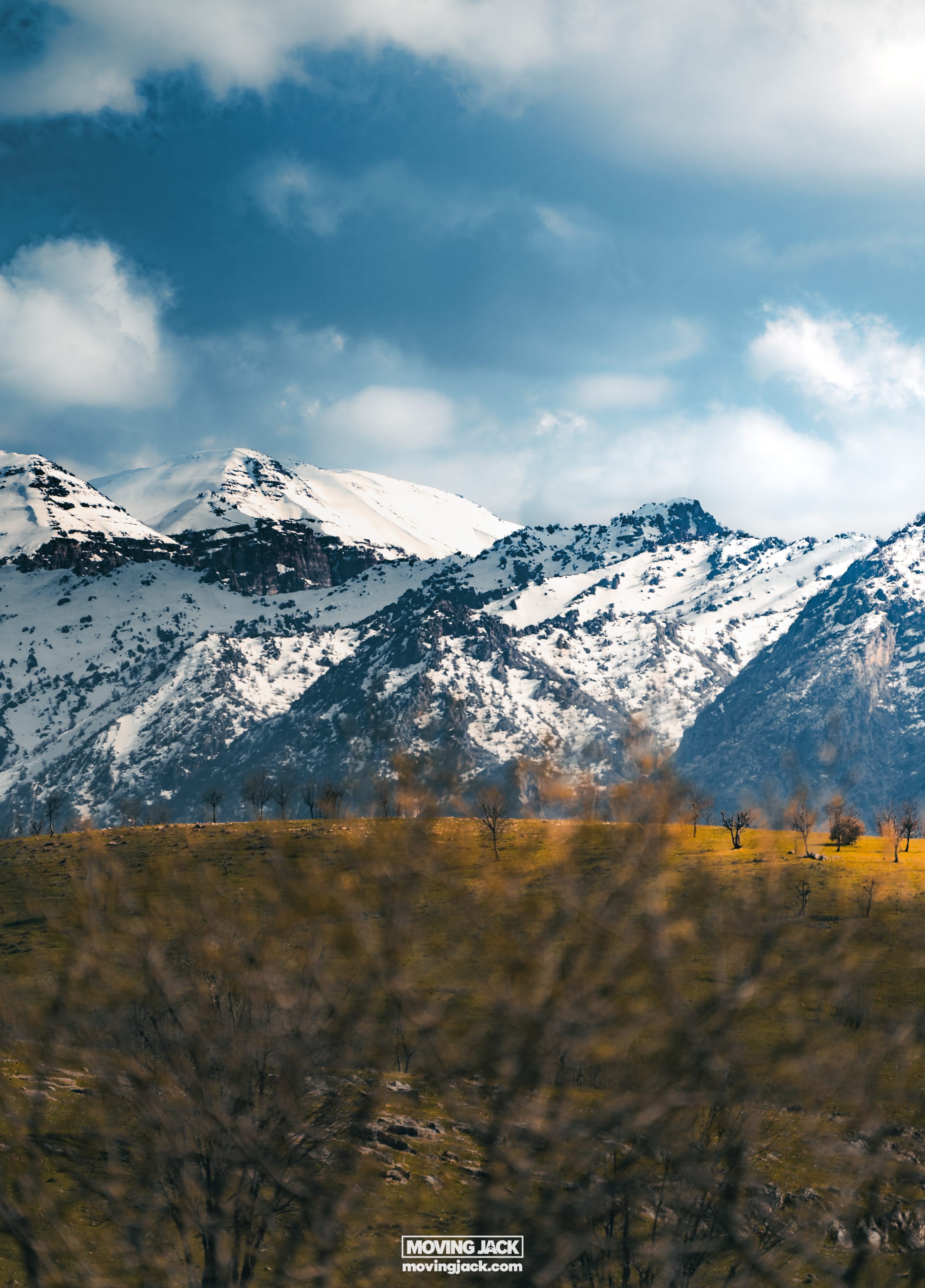
My Three Favorite Mountain Spots in Northern Iraq
Korek Mountain, Rawanduz, and the Barzan Mountains are the best areas for hiking and excellent mountain photography.
Rawanduz is a small village built right on the edge of a cliff—a truly spectacular view. A gorge swirls through the landscape, where several waterfalls are located. What I like about this spot is that it completely shatters the common perception of Iraq.
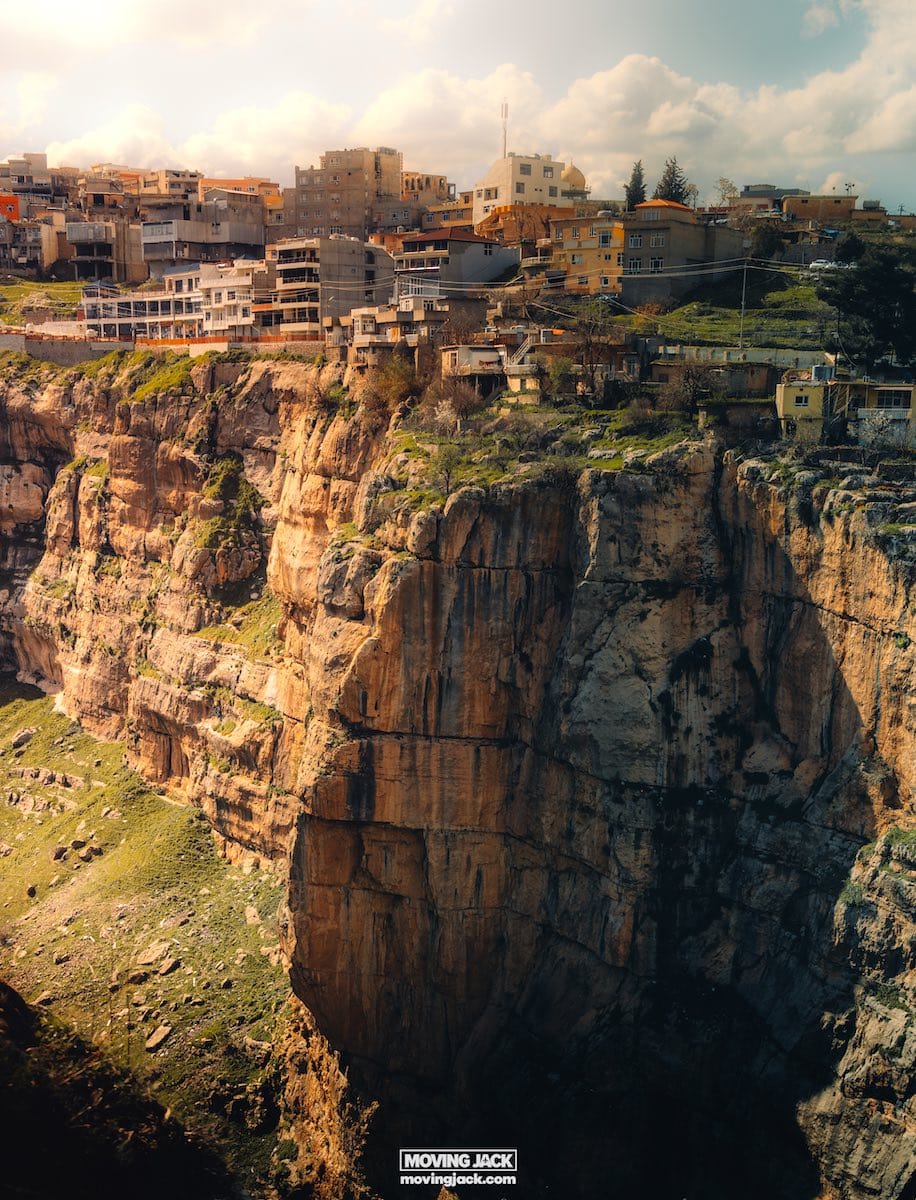
Korek is a mountain that actually has a small skiing resort, which is something I never expected in Iraq. On the top of the mountain, you'll see an old observatory. It's a great place for taking photos.
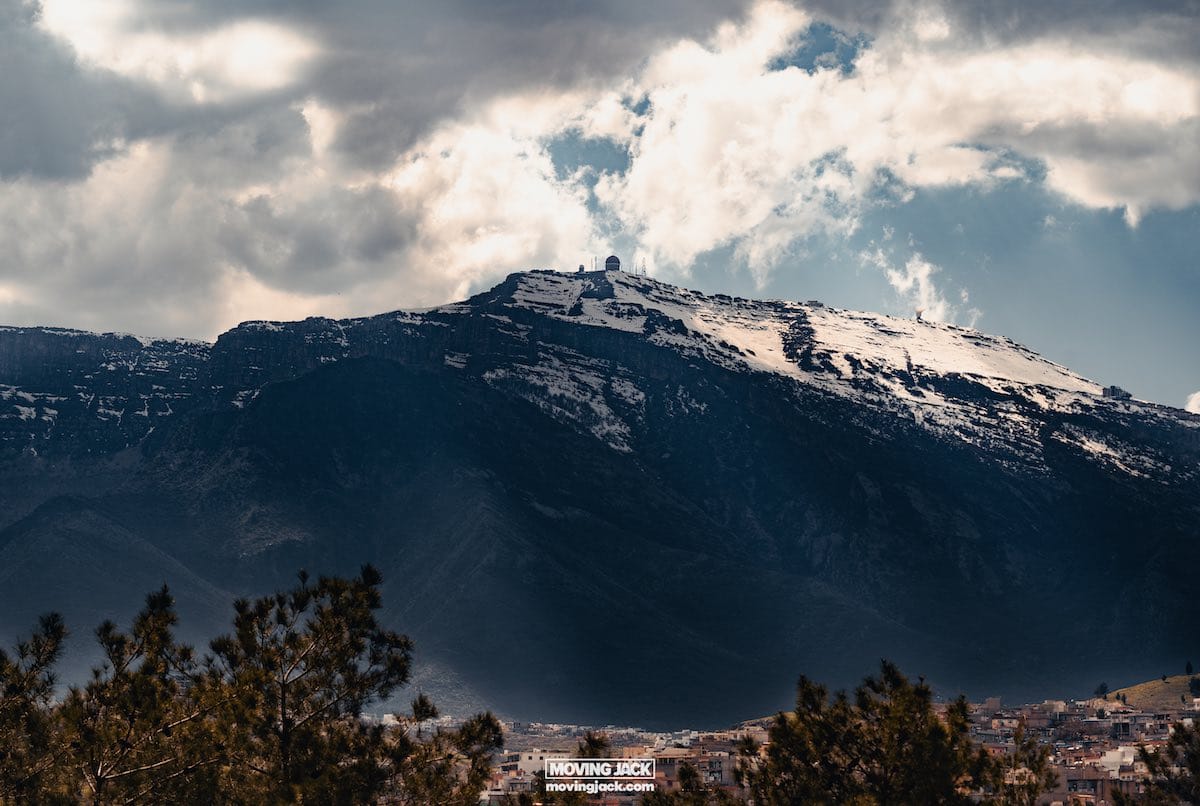
The mountains of Barzan are quite different. During springtime, the area looks like green hills with a swirling canyon in the middle.
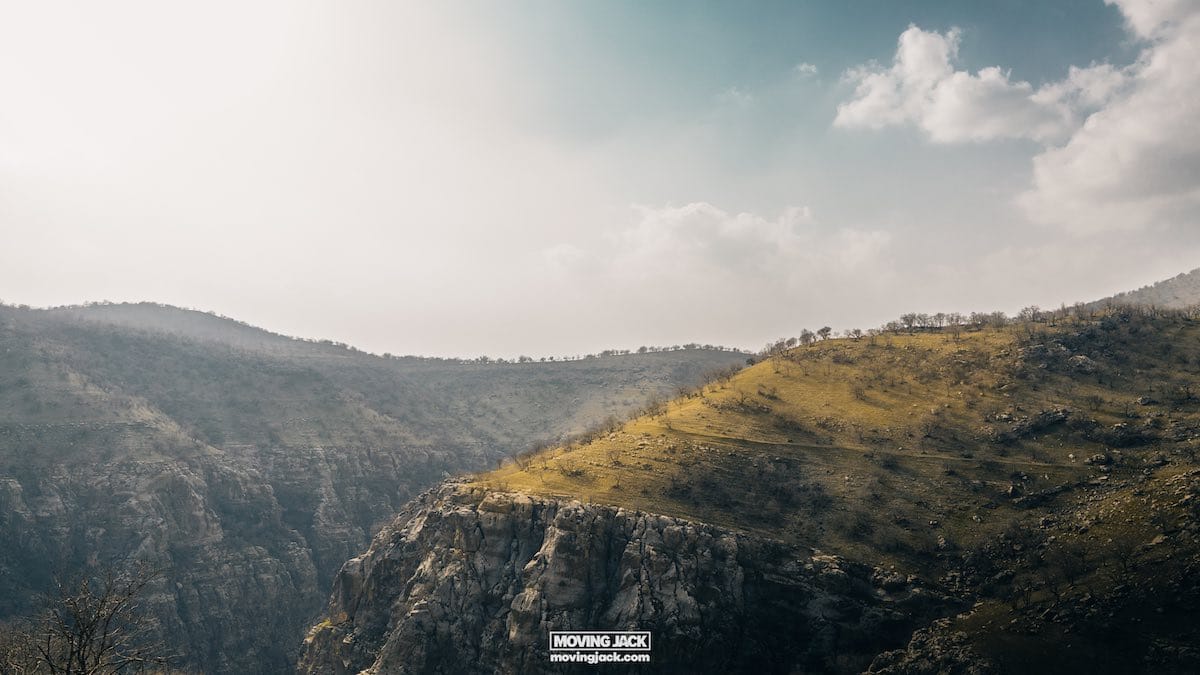
Mountain Photography Tips
My Favorite Photography Gear
Let's start with the gear I used for my mountain trip: I used the Sony A7C with my favorite lens, the Tamron 50-400mm. I chose the Sony A7C because I'm on the road a lot, and its lighter weight and smaller size make it a great travel companion. The Tamron 50-400 is a beast of a lens. It's just wide enough at 50mm to shoot quite close objects, and the zoom range is incredible, given its size.
I chose this lens over its competitor, the Sony 100-400mm, because I could not see any differences in color or sharpness when I compared photos. It's almost half the price, and I think the white Sony lens stands out more, which I don't want while shooting photos outdoors.
Why I like this zoom range so much for mountain photography is that you can pick parts of the landscape to photograph which gives you many options for photos.
Another thing that I love about this lens is the macro capability. You can get the lens you are only a few centimeters close to a subject and still get a razor-sharp image. This is very useful on a trip in the mountains because it just adds to the overall picture when capturing the mountains. A close-up of a flower or some snow adds to the whole image of capturing the essence and spirit of the mountains. Let's say you want to make a series of springs in the mountains; having this macro capability with you is a valuable feature.
How to Create Depth
One of my favorite tricks for creating depth in a photo while in the mountains to make the image more interesting is to use some foreground elements. This can give the viewer a more immersive perspective. One of the issues with being high up in the mountains is that there are few things to find to create depth.
A simple trick I do when I start hiking is to pick a flower or some grass, put it in the side pocket of my backpack, and bring it along the way to the top. This is such an easy method to create some depth in your photos while also having that touch of nature.
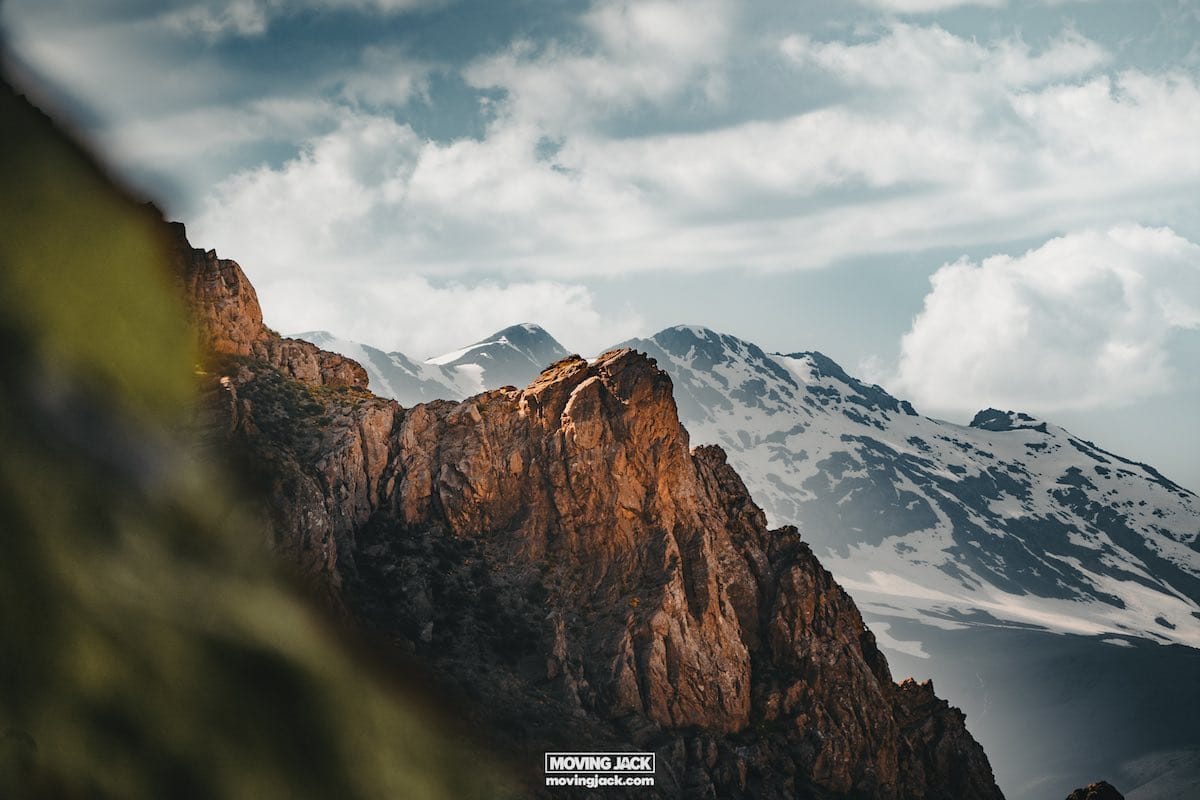
Mix Up Your Composition in Mountain Landscape Photography
Trying out different compositions in mountain landscape photography can lead to some really unique and incredible shots. Play around with leading lines, framing, and the rule of thirds to make your photos pop.
Leading lines are a cool technique that often gets overlooked in mountain photography. They aren't just roads pointing to the center of your pic. They can be any lines in nature that guide the viewer's eyes to a focal point in your photo. These lines could be the edges of the peaks, frozen rivers, or trails in the mountains. Think of it as finding a "finish line" in your photo.
Try to frame your shot so these lines lead to something interesting. This focal point could be the peak of a mountain, some fellow hikers, or a beam of sunlight.
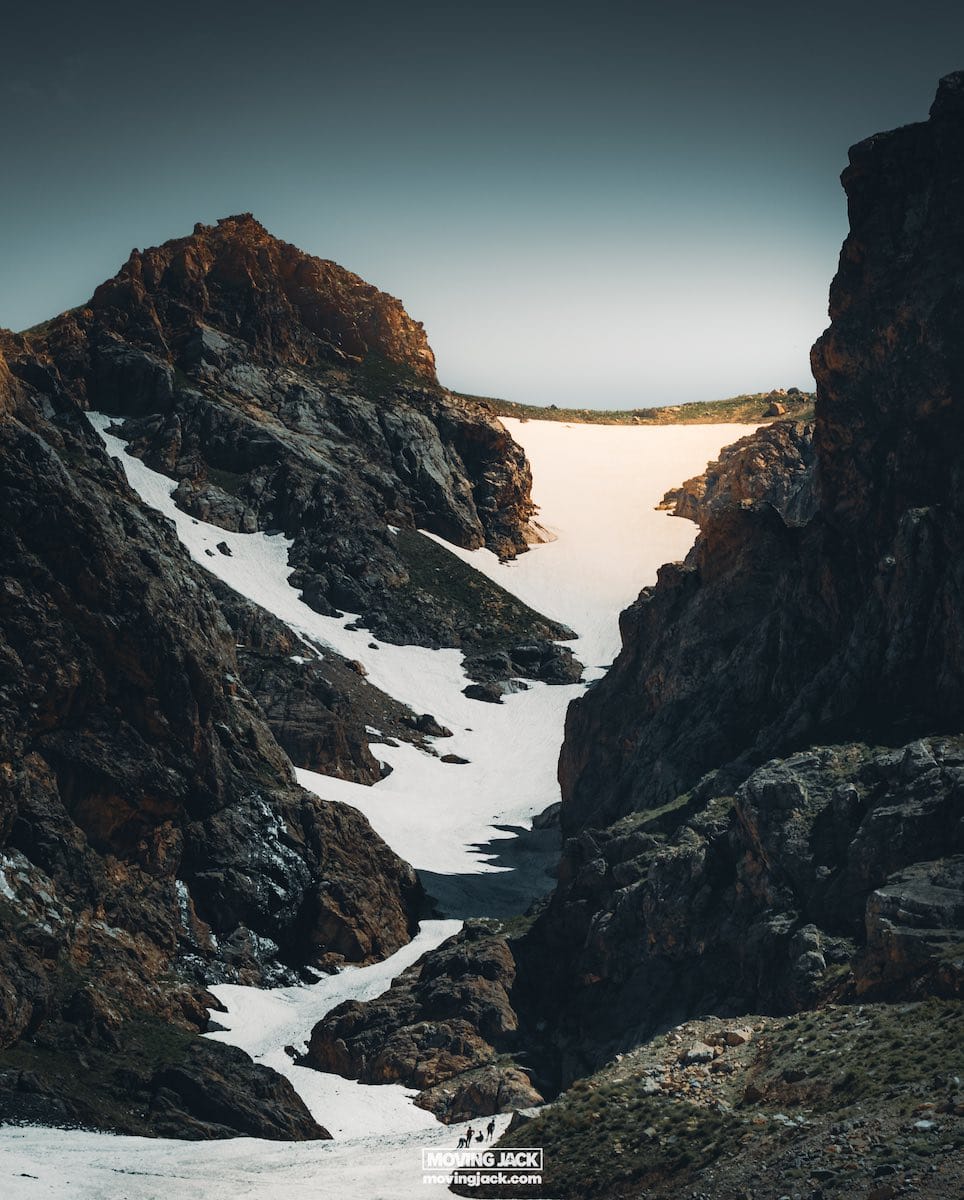
Panoramic Photos
The issue with a large telephoto lens is that most of them don't have the ability to make a wide-angle photo. Luckily, Lightroom has this amazing feature where you can blend two photos together not only to get panoramic photos but also to get a just slightly wider photo. Panoramic photos are great but are not always practical. Being able to make a few wide-angle photos along the way is great, especially when you're not carrying a wide-angle lens of course.
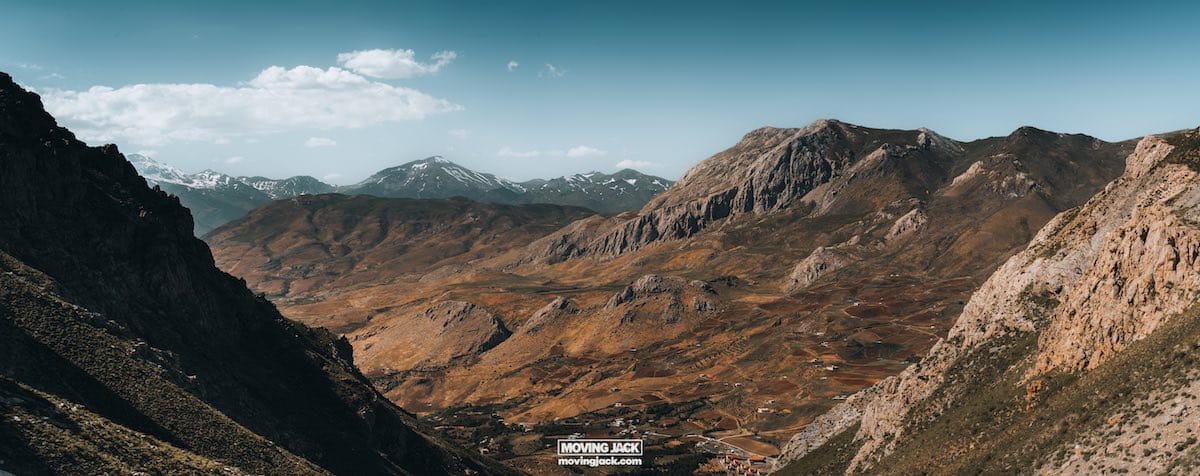
Mountain Photography Lightroom Tip
The dehaze tool is an amazing tool for getting rid of most of the haze in the air. Especially in Iraq, the air is dry, dusty, and sandy, so you'll see through lots of haze when you look in the distance. The dehaze tool in Lightroom will not get rid of it all, but it definitely helps. In contrast to the dust in the city, you'll likely find much less haze in the mountains. The sky and air in most mountain areas is much more clear.
However, the dehaze tool is still an epic tool for enhancing photos. A great way is to put a mask over the top of your photo and set the dehaze tool to negative. This will create a misty layer. This is especially useful if you have a busy photo with many elements or a busy sky with clouds that don't look great. So use dehaze in reverse! (enhaze?!) Using the dehaze tool in reverse helps get rid of those unwanted elements and creates a mystical touch to the mountaintop.
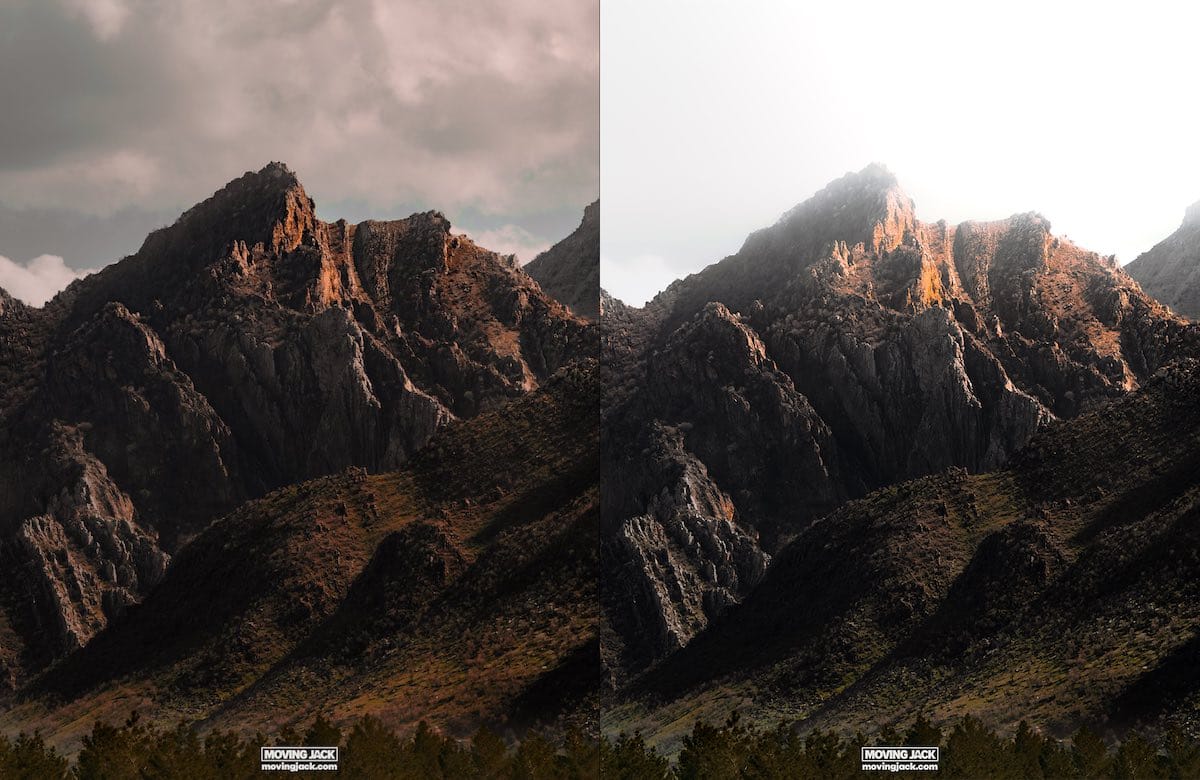
Final Thoughts
I hope this article sparks some inspiration in fellow photographers to keep pushing their boundaries, sharpen their skills, and take the leap into exploring the unknown. Maybe it’ll even help break down some of the common ideas people have about those places everyone thinks they know so well.
Exploring and photographing mountain landscapes, especially in a hidden gem like Iraqi Kurdistan, is an incredible experience. With unexpected snow-capped peaks, canyons, and surprising wildlife, it's a hidden paradise for anyone with a camera.
Visiting places like Iraqi Kurdistan can be a bit tricky, so always stay safe and do your research. My next adventure will take place in South Korea, where I will live for several years. I hope to find some great mountains for epic photos.
For more adventures and tips, check out my travel blog at Moving Jack. Let's explore and take some epic photos together!
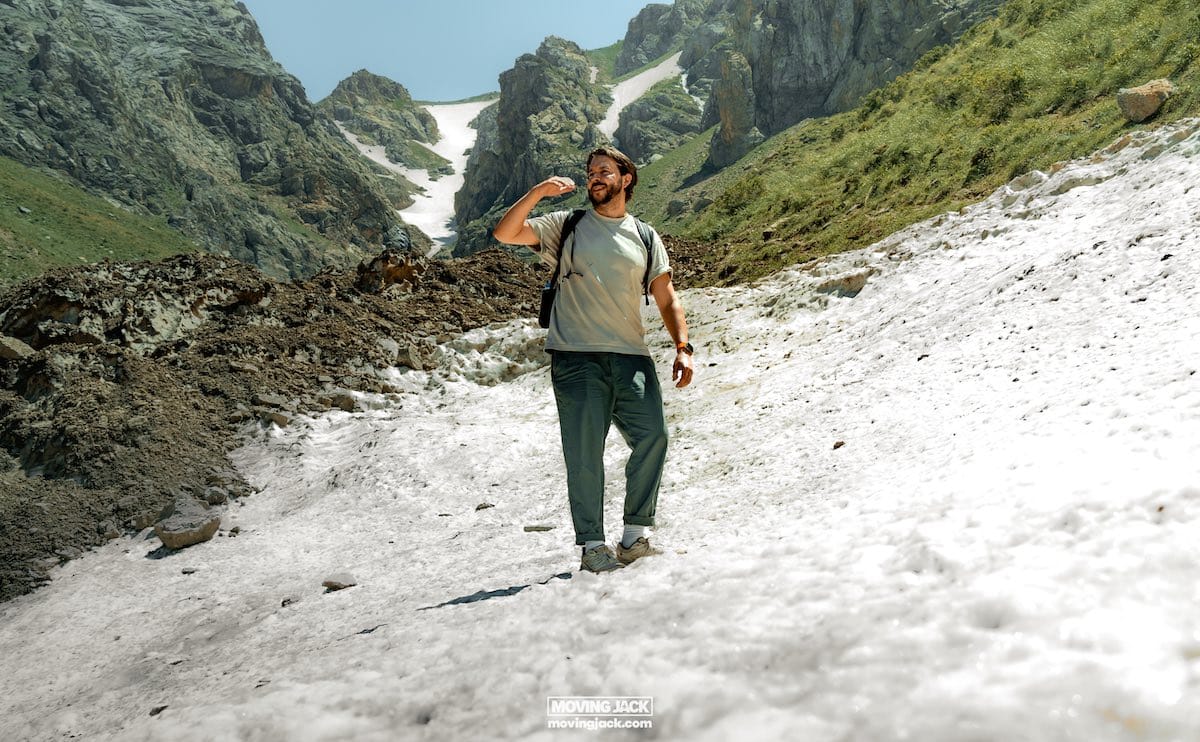
About the Author
Chris Oberman, also known as Moving Jack, is a travel blogger and photographer. He curates his adventures on his blog, where he shares stories from his global journeys, focusing on authentic experiences and the diverse cultures he encounters. With a talent for storytelling, Chris aims to inspire others to explore the world with curiosity and an open mind, all while living a life full of adventure and creativity.

